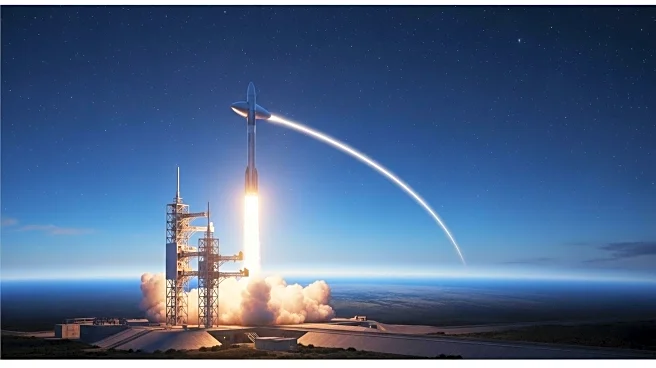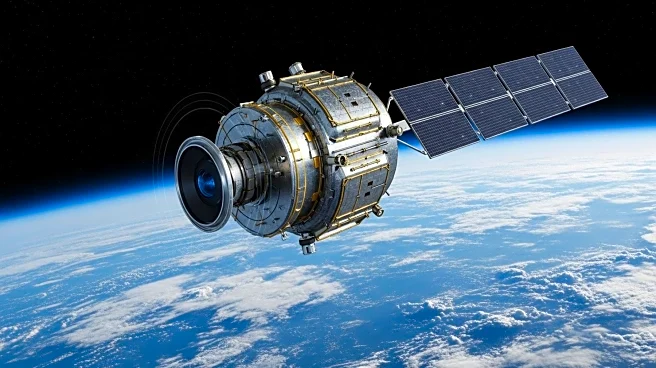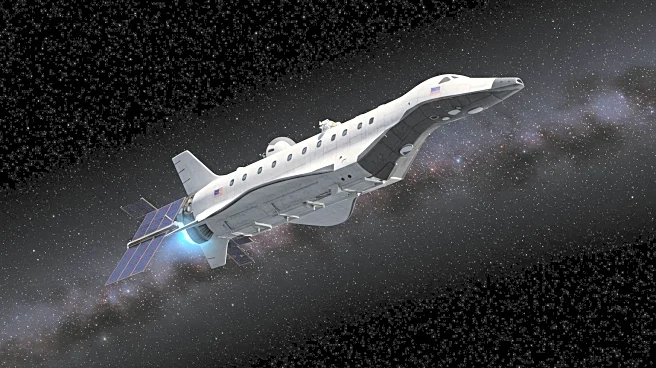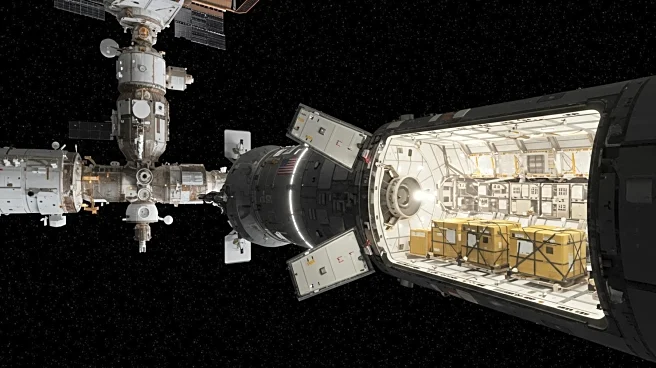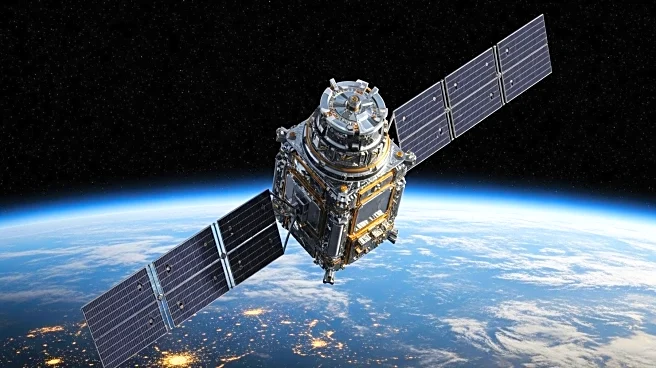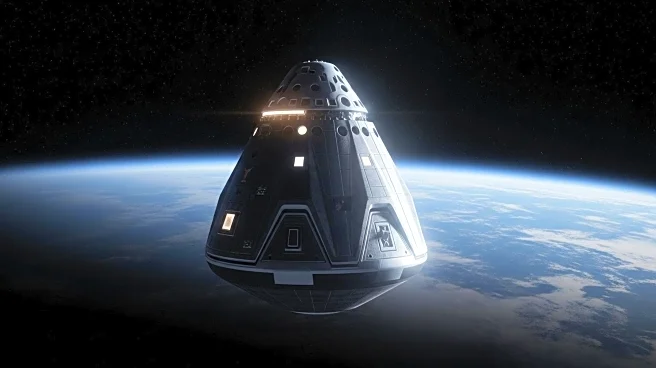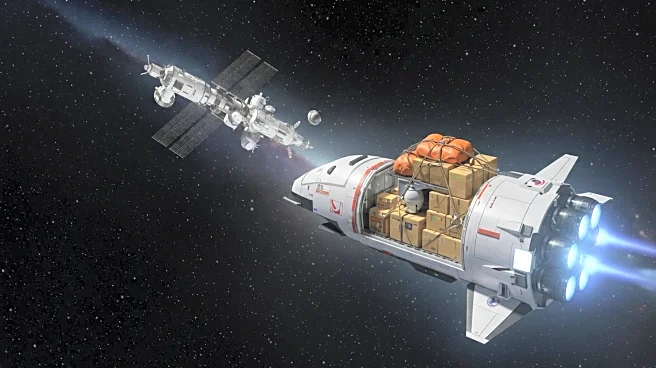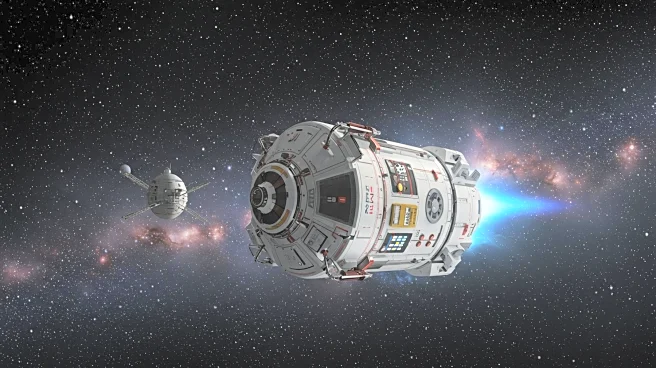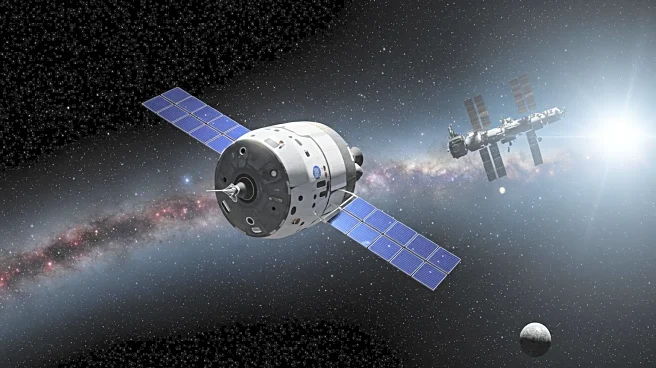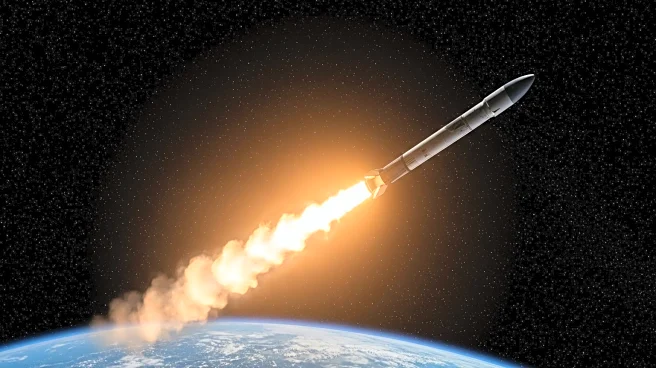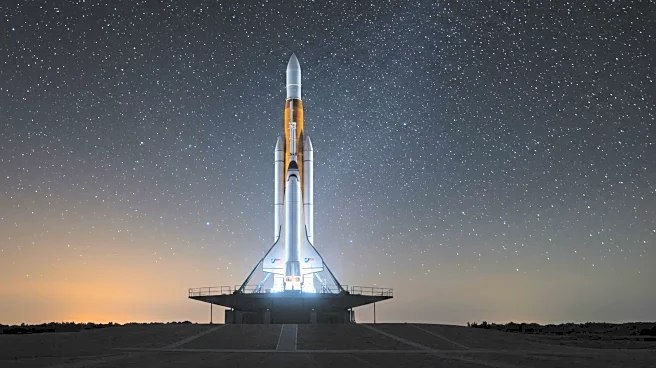What's Happening?
SpaceX successfully launched a Falcon 9 rocket carrying 28 Starlink broadband satellites from Cape Canaveral Space Force Station. The launch occurred within a four-hour window starting at 6:53 a.m., with favorable weather conditions reported by the Space Force's 45th Weather Squadron. The rocket followed a northeasterly trajectory, deploying the satellites into low-Earth orbit. The first-stage booster of the Falcon 9 landed on the SpaceX drone ship 'Just Read the Instructions' in the Atlantic Ocean, marking its second mission.
Why It's Important?
The deployment of additional Starlink satellites is part of SpaceX's ongoing effort to expand its global broadband internet service. This launch contributes to the growing network of satellites aimed at providing internet access to underserved and remote areas worldwide. The successful landing of the Falcon 9 booster also highlights SpaceX's advancements in reusable rocket technology, which is crucial for reducing costs and increasing the frequency of space missions.
What's Next?
SpaceX plans to continue its Starlink satellite launches, with another mission scheduled for early Thursday morning. The company is also preparing for future launches and landings of its Starship-Super Heavy at NASA's Kennedy Space Center, with public meetings set to discuss environmental impacts. These efforts are part of SpaceX's broader strategy to enhance its satellite internet service and advance its space exploration capabilities.
